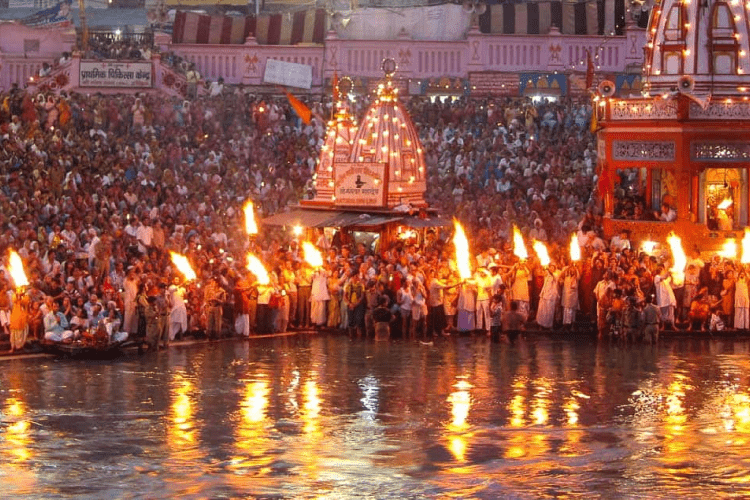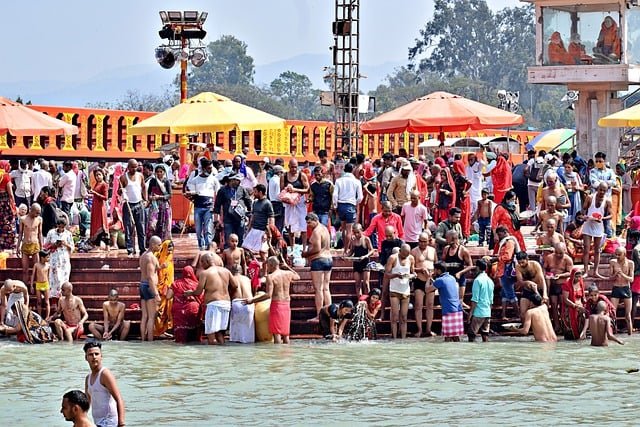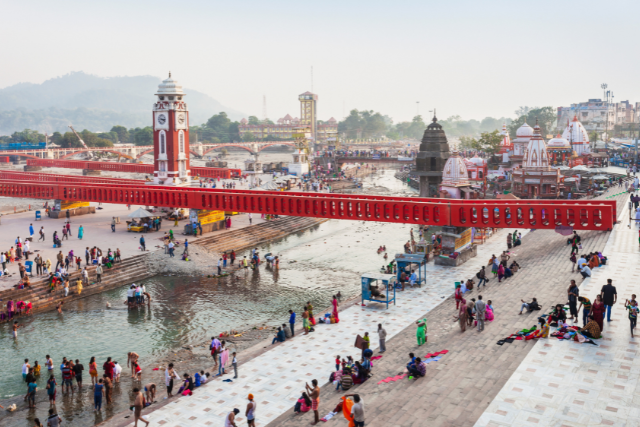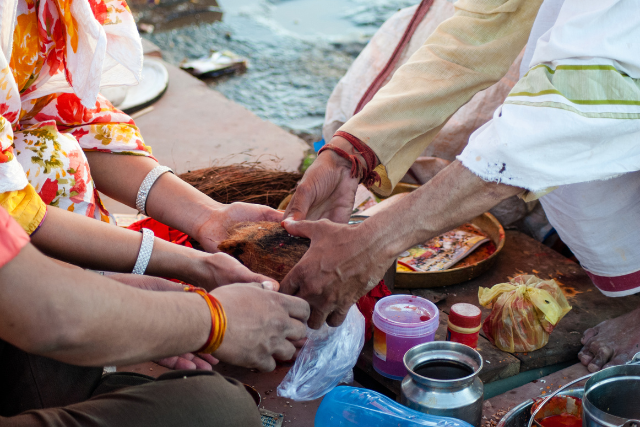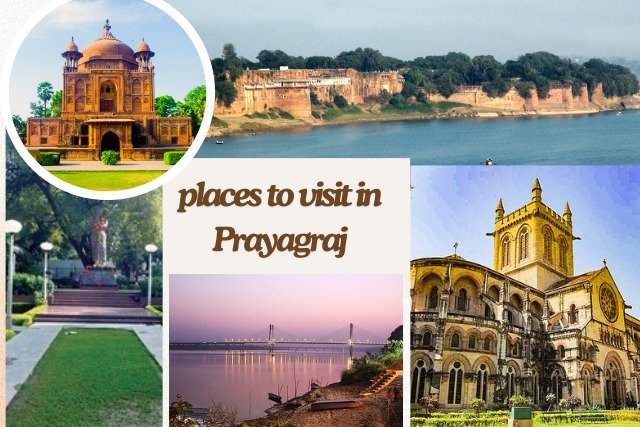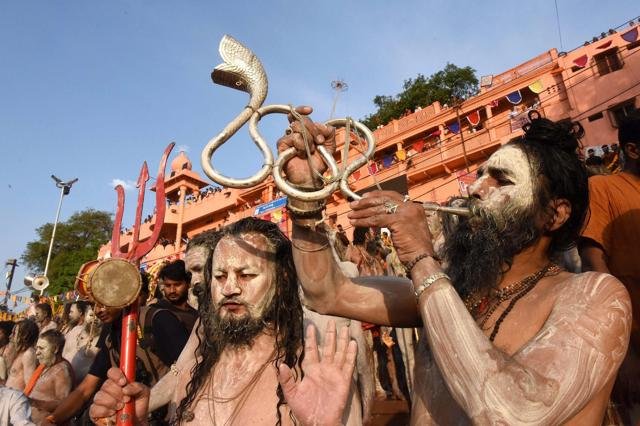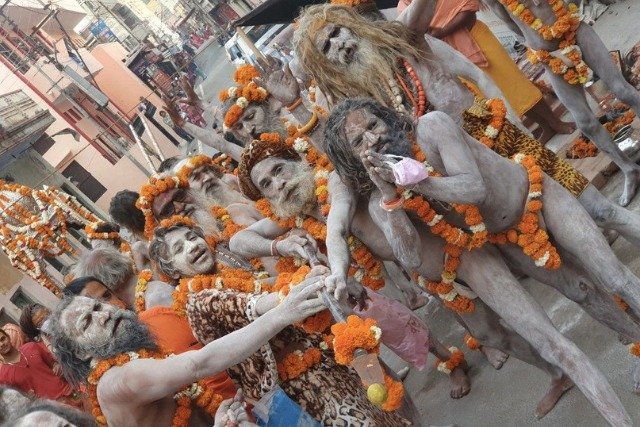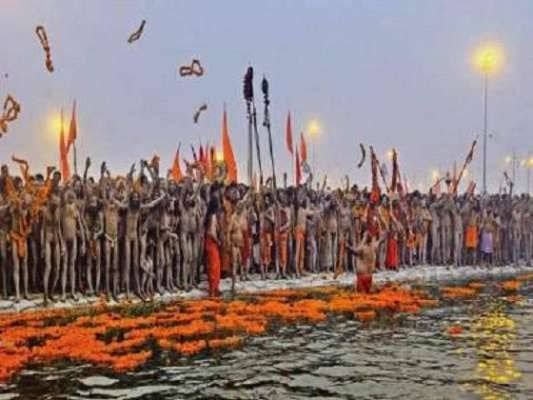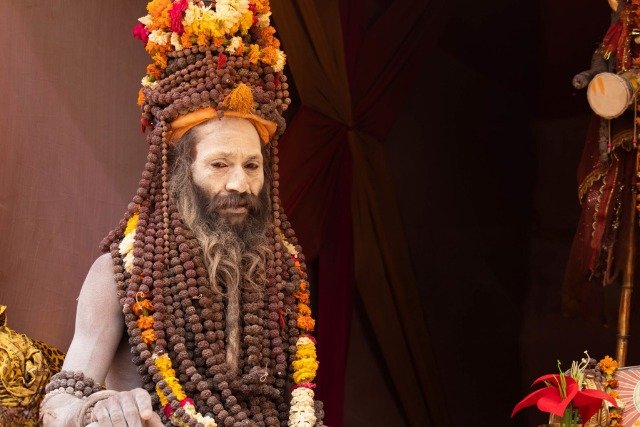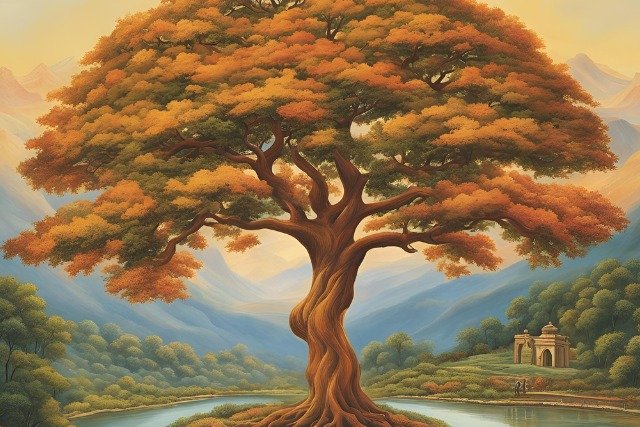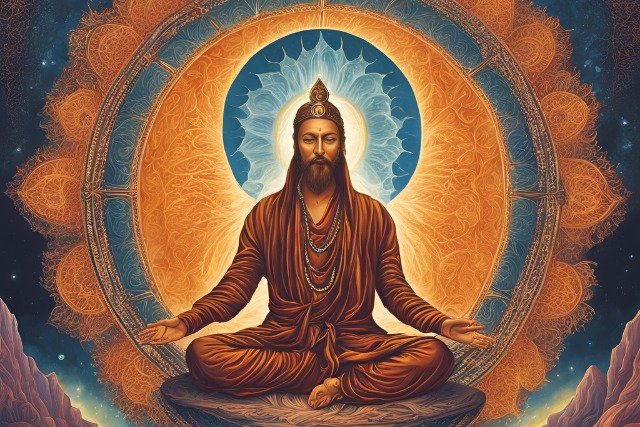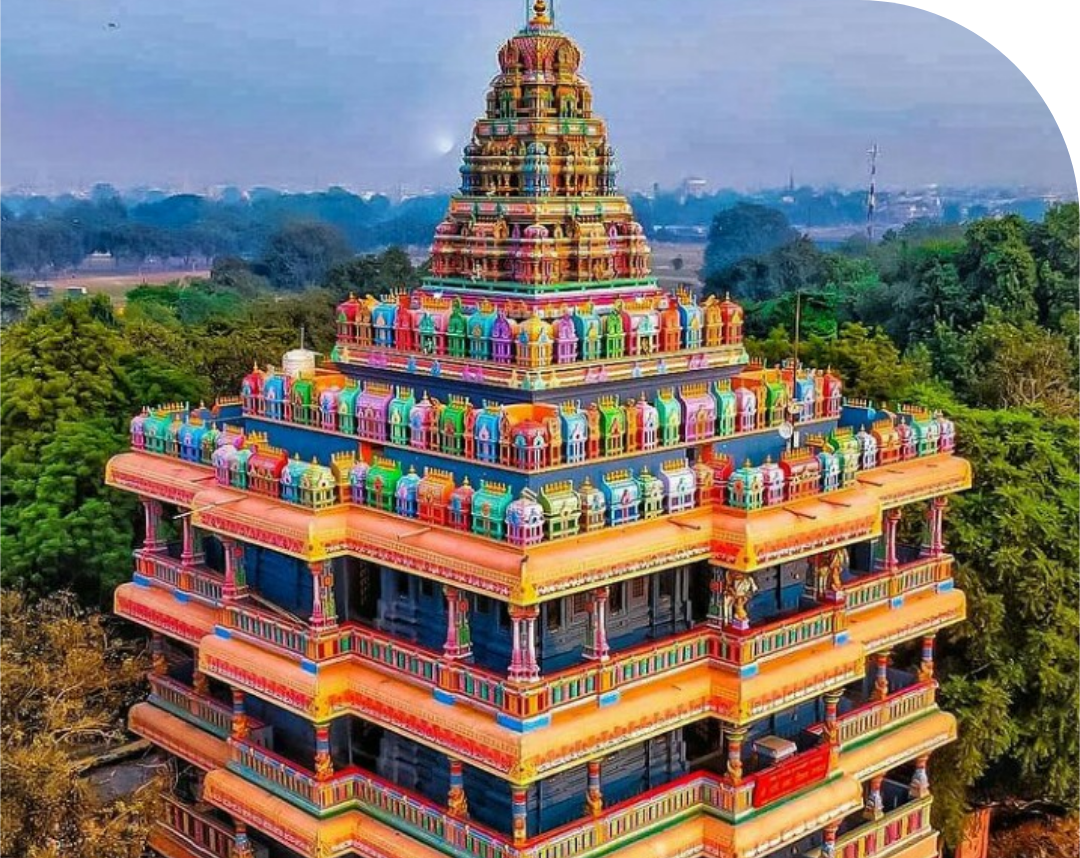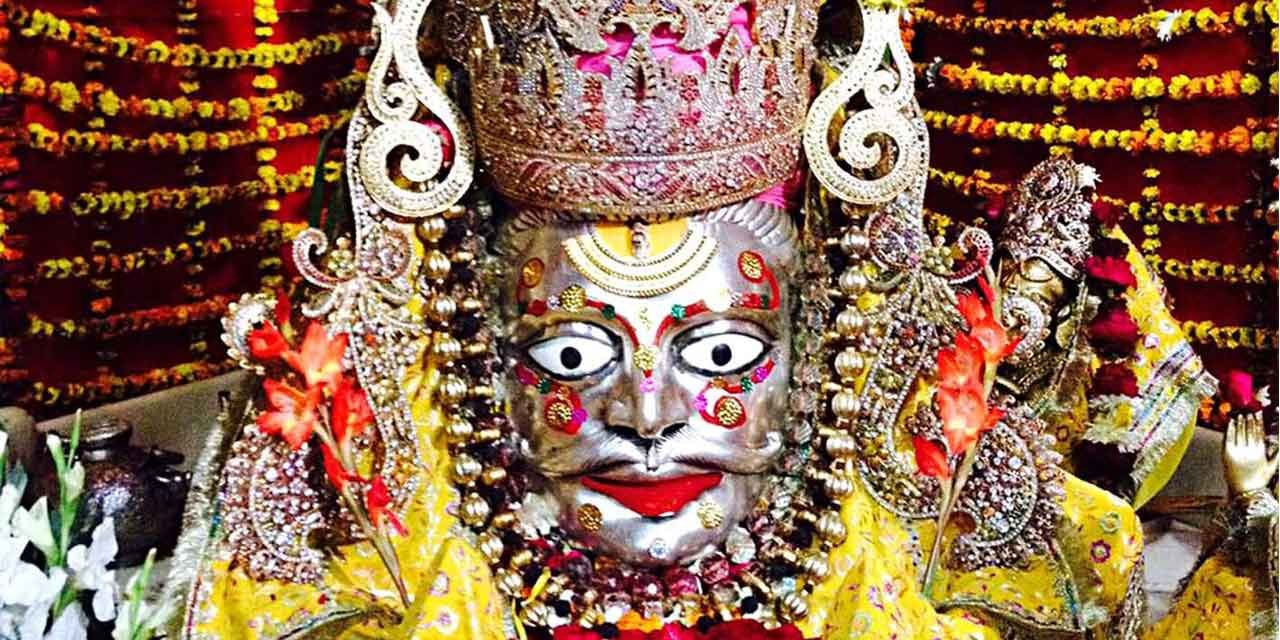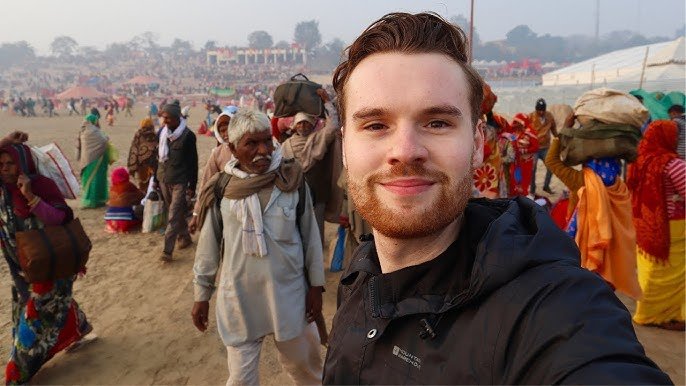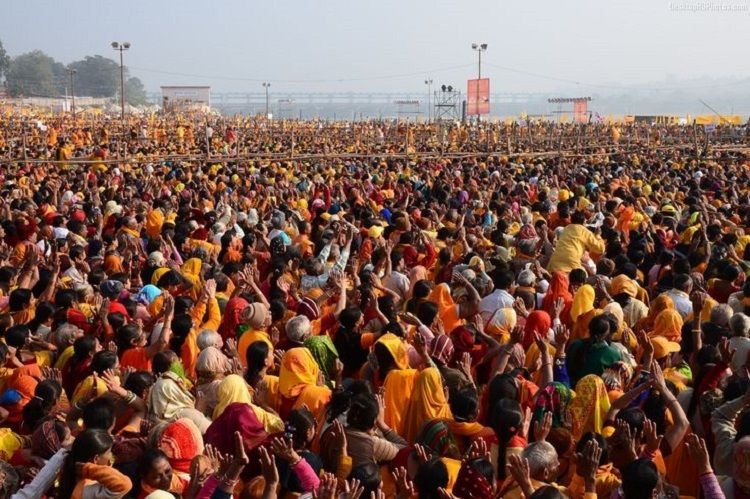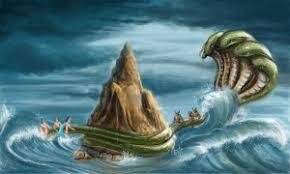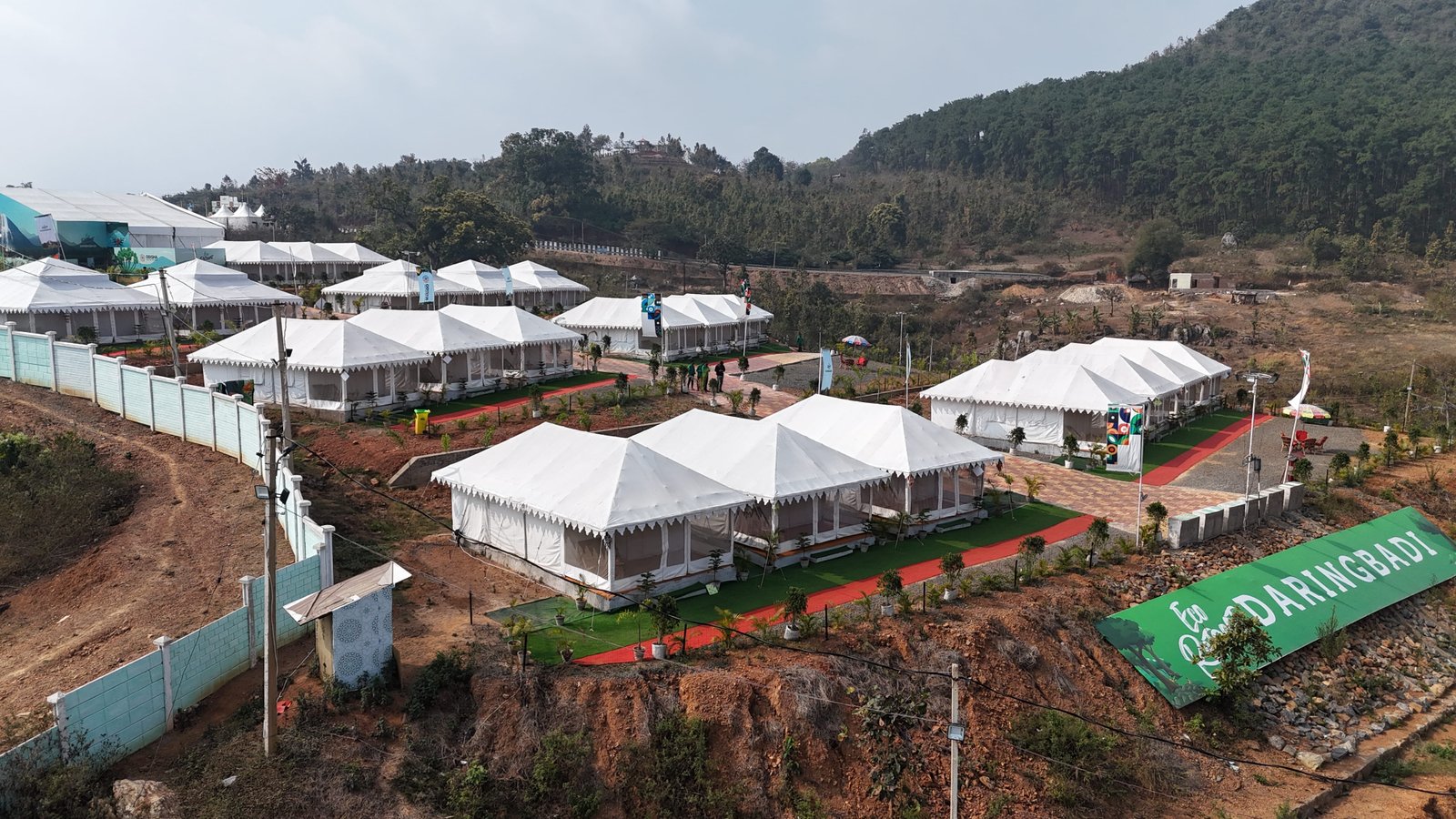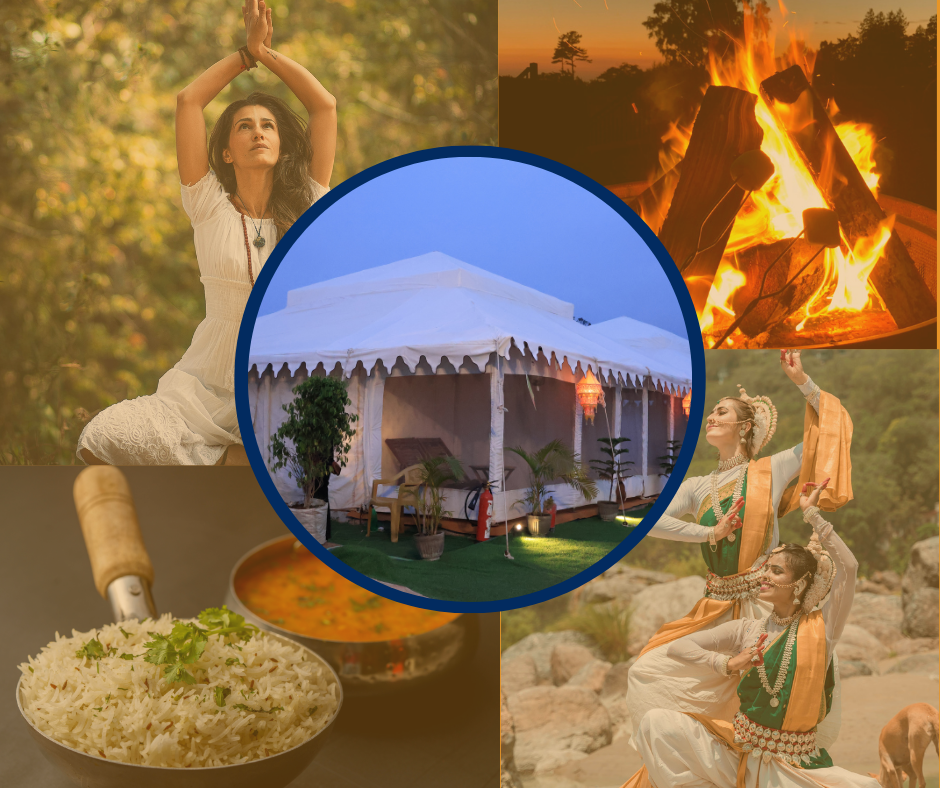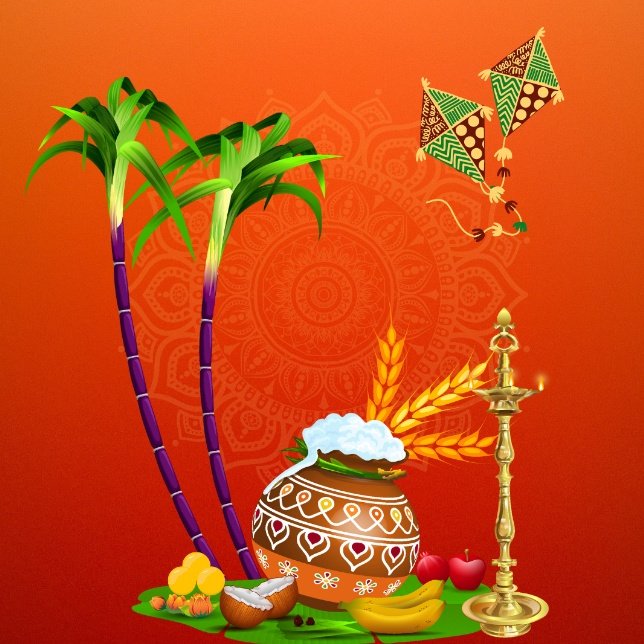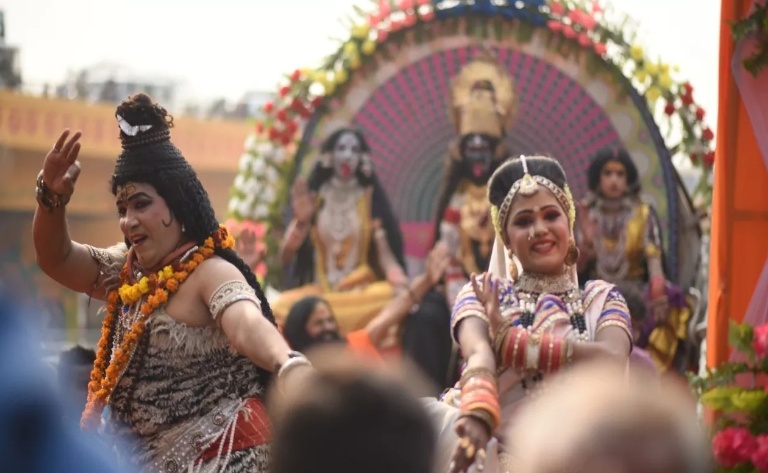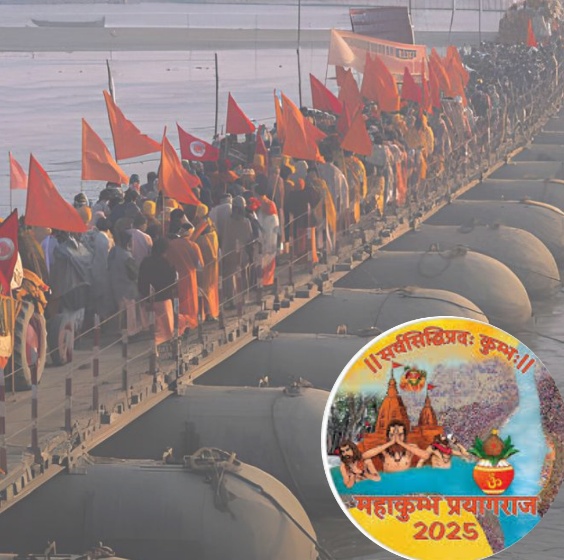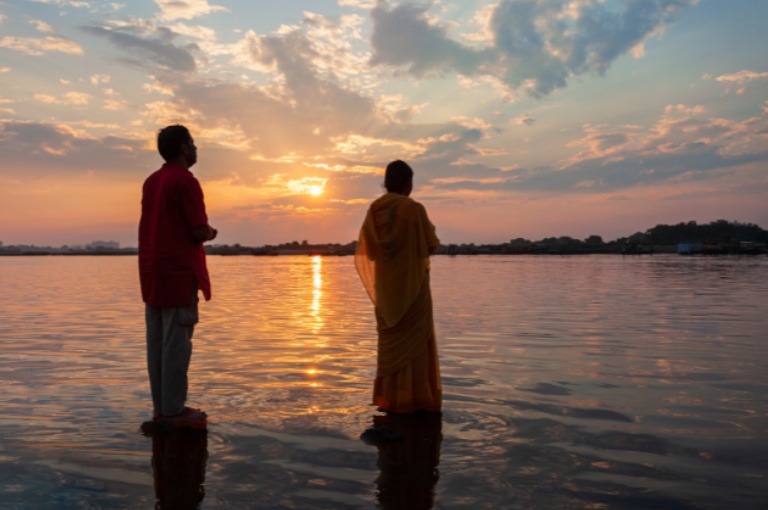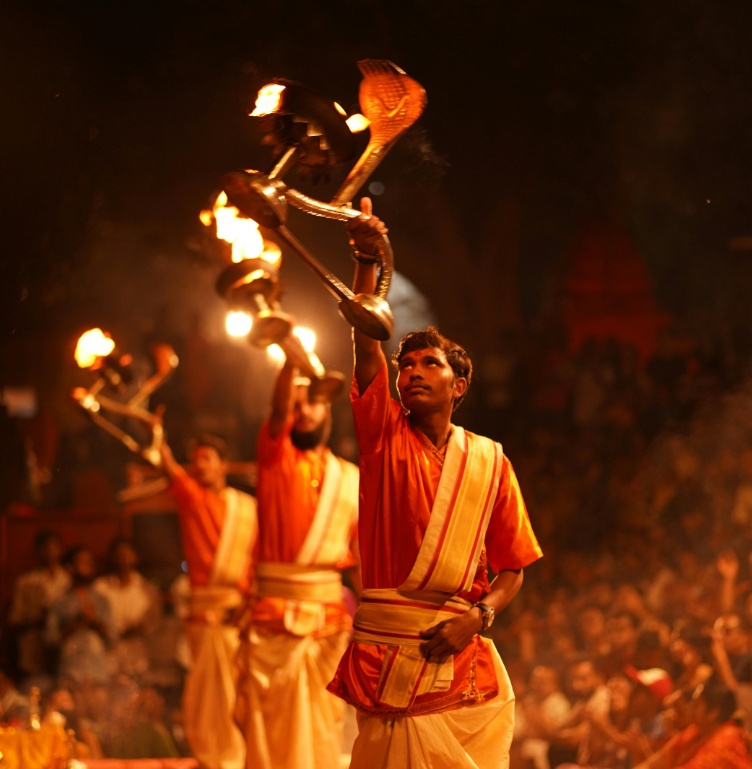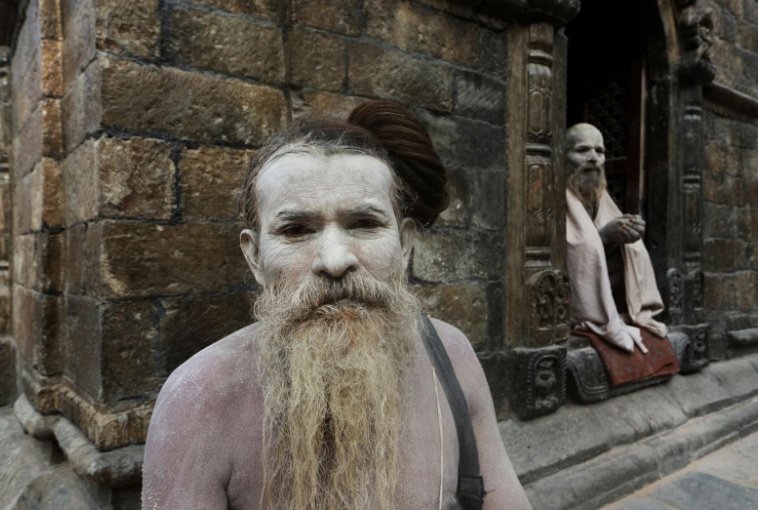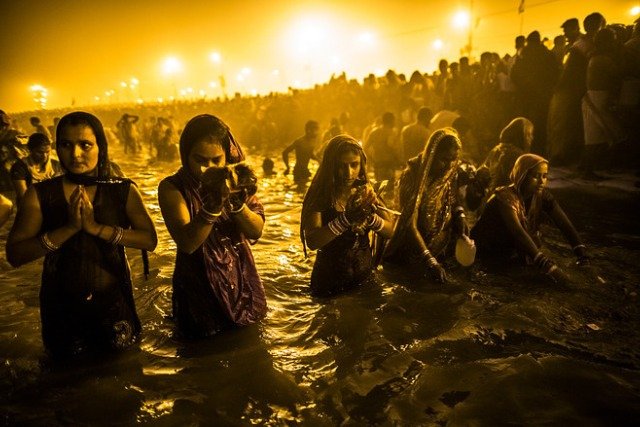
Author : Admin
The Prayagraj Maha Kumbh Mela 2025 will see the arrival of millions of devout Shaivites ( Hindus who prefer to worship Lord Shiva) and Vaishnavites (Those devoted to the worship of Lord Vishnu and his incarnations), from around the globe. This glorious festival follows a cycle of 12 years, demonstrating the significance that each festival holds on the world calendar of faith. The Kumbh Mela stands as one of the greatest national migrations in the world, signifying life’s quintessential religious disciplines and the path to moksha.
The Mythological Roots of Kumbh Mela
This epic tale revolves around the churning of the ocean (or Samudra Manthan) by the Devas (heavenly gods) and Asuras (demons), where the pursuit of amrita (the nectar of immortality) resulted in the creation of a lethal venom, which was swallowed by the lord Shiva – the god who holds the universe within himself – to avert impending destruction of the world. This fundamental spiritual premise of the Kumbh Mela rests on the search for moksha, or liberation, and unification with the universe.
Also Check: - kumbh mela 2025 accommodation
The Shaivite Akharas Await the MahaShivratri at the MahaKumbh
The four Akhadas, the Sadhus, and the Sants aligned to the four sets of monastic orders, stand as the monastic orders or symbols of the Hindu faith. The monks of these Akharas live and breathe the world of Shaivism (an ancient form of Hinduism that focuses on the worship and veneration of the god Lord Shiva), and are devoted to the ‘King of Flowers’ – Lord Shiva and the ‘lord who destroys all evil’.
Lord Shiva is at the heart of their existence, and they are deeply devoted to him. Sages worship Shiva through puja, ringing of bells, hymns, and dancing. Oscillating between indifference and feverish devotion, the Akharas’ dedication to Shiva also defines the overarching mood of the entire festival, imbibing it with sacred energy and divine blessings. These seers of the Akhara wait for the beautiful amalgamation of the Mahakumbh and the Mahashivratri, to get deeply absorbed in the world of the “MahaShiva”.
Also Check: - vip tent in kumbh mela
Spiritual Significance of Kumbh Mela and Mahashivratri
The Human Body and Spiritual Purity
The body itself is presented as the earthen pot (‘Kumbh’), and it is filled with unclean and untamed emotions and desires. It is believed that if negative emotions and desires impede spiritual growth, increase stress, and elicit negative emotions, a dip in the holy river on Kumbh will remedy them. Hence, this ritual is said to cleanse their souls and put them on the right track for moksha.
The body itself is presented as the earthen pot (‘Kumbh’), and it is filled with unclean and untamed emotions and desires. It is believed that if negative emotions and desires impede spiritual growth, increase stress, and elicit negative emotions, a dip in the holy river on Kumbh will remedy them. Hence, this ritual is said to cleanse their souls and put them on the right track for moksha.
Gathering of Spiritual Knowledge
Kumbh Mela is not only a time for purgation, it is also a clearing ground of knowledge of the spirit. Listening to the sages, saints, and sadhus that come in large numbers allows one to learn about spirituality and understanding of life. Bathing in the holy Ganga is understood to remove all sins, aided by which one hopes to experience moksa, or liberation from the cycles of death and rebirth.
Also Check: - kumbh mela 2025 date and place
Maha Shivratri: A Night of Devotion
Maha Shivratri is observed yearly on the fourteenth day of the dark (waning) half of the lunar month of Phalguna or Magha.
On the eve of Maha Shivratri, thousands of people brave the pre-dawn cold to take a dip in the sacred Ganga, chanting ‘Bam Bam Bhole’. It is also the wedding anniversary of the god Shiva and goddess Parvati.
The night is for pausing, for seeking blessings in the flickering fire of the diyas and the acrid sting of the incense.
There are other equally important dates of the MahaKumbh when you can take a dip in the holy waters.
Also Check: - Tips for First Time Visitors for Kumbh Mela
The Importance of Shahi Snan on Maha Shivratri
The Ritual of Shahi Snan
The highlight of the Kumbh Mela is a ritual bathing ceremony known as the Shahi Snan (royal bath), held on Ashtami (the eighth day from the beginning of the bright half of the month according to the Hindu lunisolar calendar).
It is believed that the Ganges descended from heaven to Earth when Lord Shiva invited the river to come to the rescue of humankind and provided his matted locks to keep the Ganges’ force at bay.
During the Maha (great) Shivratri (night of the great or supreme Shiva), it is believed that immersion in the Ganges, Yamuna, or Saraswati Rivers on that night and the following morning will wash away all one’s sins and lead to Moksha.
Lord Shiva as Gangadhar
Gangadhar, the god whose matted locks held back Ganga to save the Earth from the deluge, is Lord Shiva. Religious experts believe that a dip in the Ganga on that day brings the devotee in closer touch with Lord Shiva, and pleases him. It is believed that it would bring the devotee closer to moksha, the final liberation from the cycle of rebirths.
A Gathering of Seekers
The procession of the Naga Babas, the Juna Akhara’s warrior-sadhus, is one of the most iconic sights at the Kumbh Mela. Typically one of the largest akharas at the Mela, members of the Juna Akhara are known for their extreme asceticism. Often covered in ash and rudraksha beads, Shivite (related to their worship of Shiva) Naga Babas are some of the most dedicated ascetics in attendance. These individuals are known for their intense focus and unwavering religious dedication, particularly their meditation, mantra chanting, and Archana (also known as pūjā or worship). Shivites in the Juna Akhara, as is true for all Hindus, worship one of the primary deities of Hinduism, Shiva, the lord of transformation and destroyer of demons, who is often portrayed as a just ruler abiding by duty and righteousness.
The Akharas Worshiping Lord Shiva
Many of the Akharas maintain ascetic discipline and practices honoring Lord Shiva. The foremost Shaivite Akharas include:
Juna Akhara: Juna Akhara’s Naga Babas form one of the oldest and the largest of monastic orders, including a thousand monasteries and performing elaborate rituals and leading the Shahi Snan or royal bath at Kumbh Mela. The Naga Sadhus from the Juna Akhara are warrior-ascetics who smear their bodies with holy ash and are known for their dense matted hair. This is a tribute to “Jatadhaari Shiva” (who has a heap of matted hair on the head) and is symbolic of their devotion to Lord Shiva.
Akhara of Agni: They worship the Agni (fire) as a manifestation of Lord Shiva. Their rituals include a range of activities centered around fire rituals, yagnas, and invocations of Lord Shiva.
Mahanirvani Akhara: Their practices are centered on meditation on Lord Shiva as the supreme creator and maintenance. Meditation, and chanting of Shiva mantras are a core component of this Akhara’s daily routine.
These Major Akharas together form part of the rich spiritual mosaic of the Kumbh Mela, which showcases the multiple ways in which to worship Lord Shiva.
Also check: - premium tents
Witness A See of Devotees and Seekers
Lord Shiva is worshiped as Mahakal (the Great Timekeeper) by and large by the public – a vast multitude of believers, cutting across the codes of caste and creed, and milling, chanting ‘Om Namah Shivaya’ at Prayagraj once every 12 years during the Maha Kumbh Mela. Millions of devotees offer flowers and milk as prices to the Shiva lingams. At Prayagraj, the faithful take a dip in the confluence of three sacred rivers, the Ganga, the Yamuna, and the Saraswati with the belief that it cleanses their souls. The confluence between the Ganga and the Yamuna is called Triveni Sangam, which means the sacred confluence of three sisters, the Ganga, the Yamuna, and the Saraswati.
On Mahashivratri in Prayagraj, millions of Shiva devotees will converge to fulfill that aim: for their emancipation, and the communal purification of their faith. The collective dimension is a key feature of the Maha Kumbh Mela as well, as faithful Hindus celebrate the world’s oldest living religion and the path to salvation embedded in the ‘eternal way’, Sanatana Dharma.
Luxurious Tents by Eracamps: Comfort With Spirituality
With the millions of pilgrims attending the Kumbh Mela and the intense experience of their spiritual practices, Shivadya by Era Hospitalityprovides a luxurious sanctuary and comfort amidst all the madness: A camp is what a pilgrim needs on his arduous journey for spiritual pilgrimage. Pilgrims can enjoy the spirituality of Kumbh Mela without having to give up on urban comforts. Shivadya’s tents with modern amenities and spacious layout, keep pilgrims comfortable while allowing for a spiritual experience of the Mela. Shivadya ensures that the millions who visit it year after year come back for more.
The Maha Shivratri at Kumbh Mela will culminate in the Shahi Snan on February 26, the MahShivratri. It transverses the boundaries of myth and history, devotion, and rebellion, to truly deliver an out-of-the-world experience and a spiritual journey to the seekers from the world. Devotees are blessed by Lord Shiva as they immerse themselves in the water and partake in the Shahi Snan, bringing them closer to moksha.
